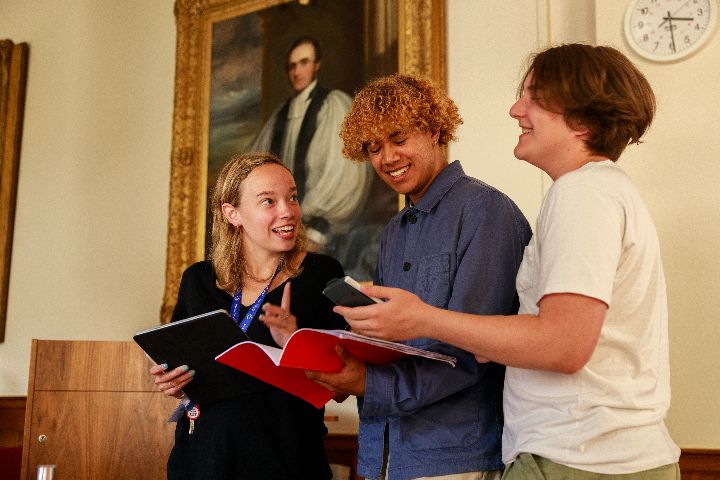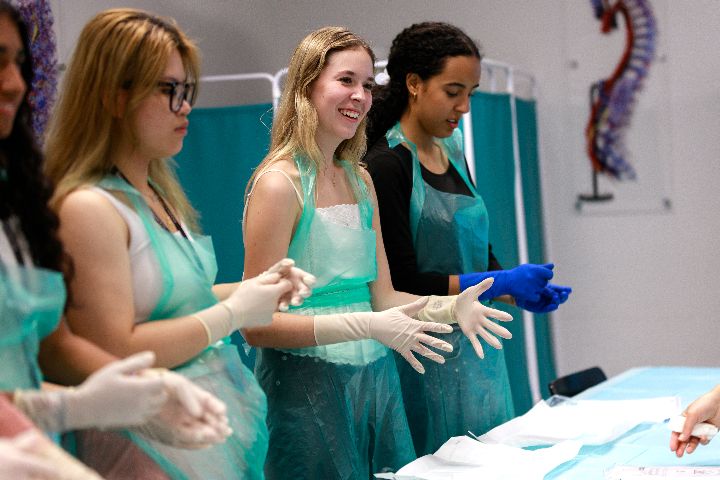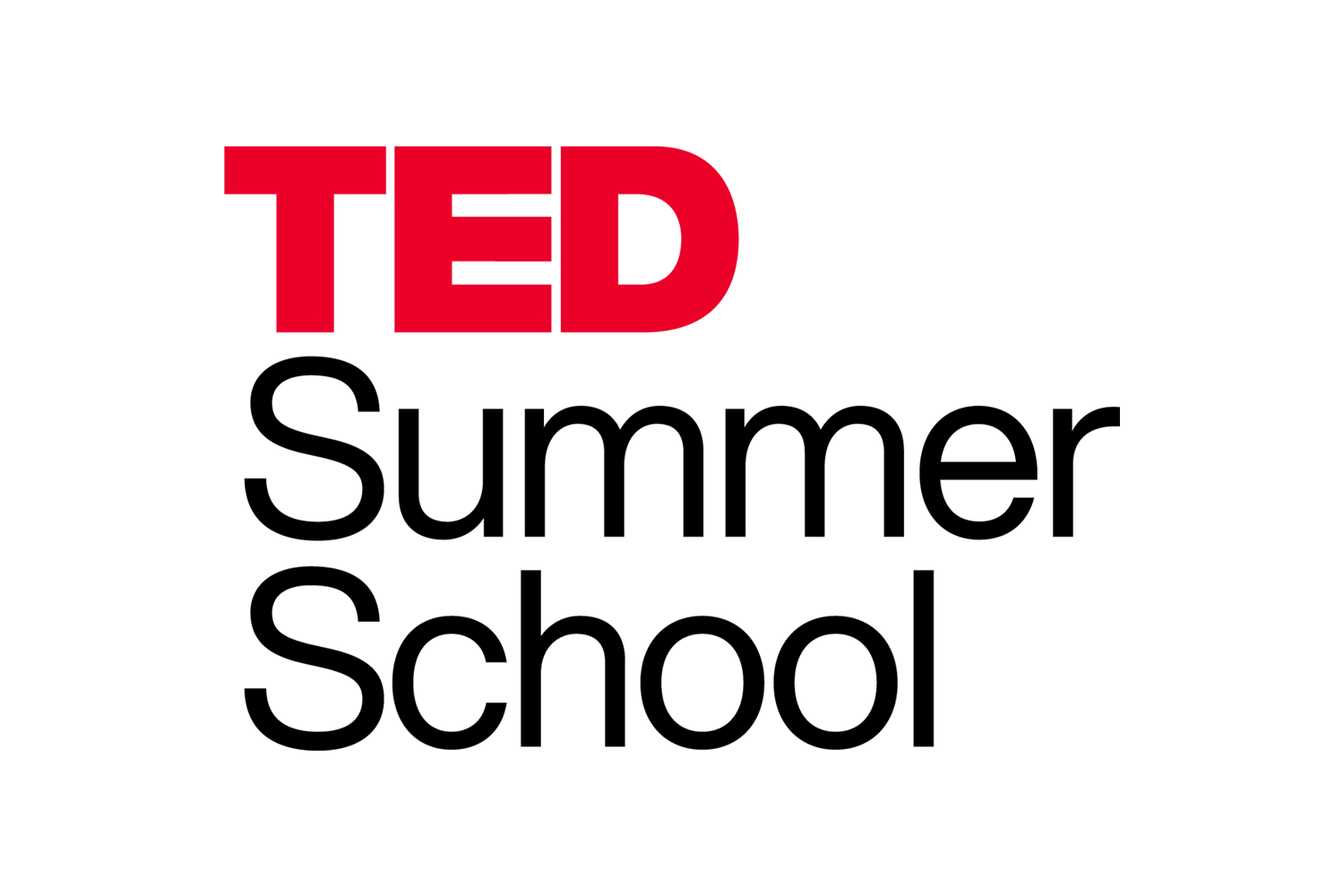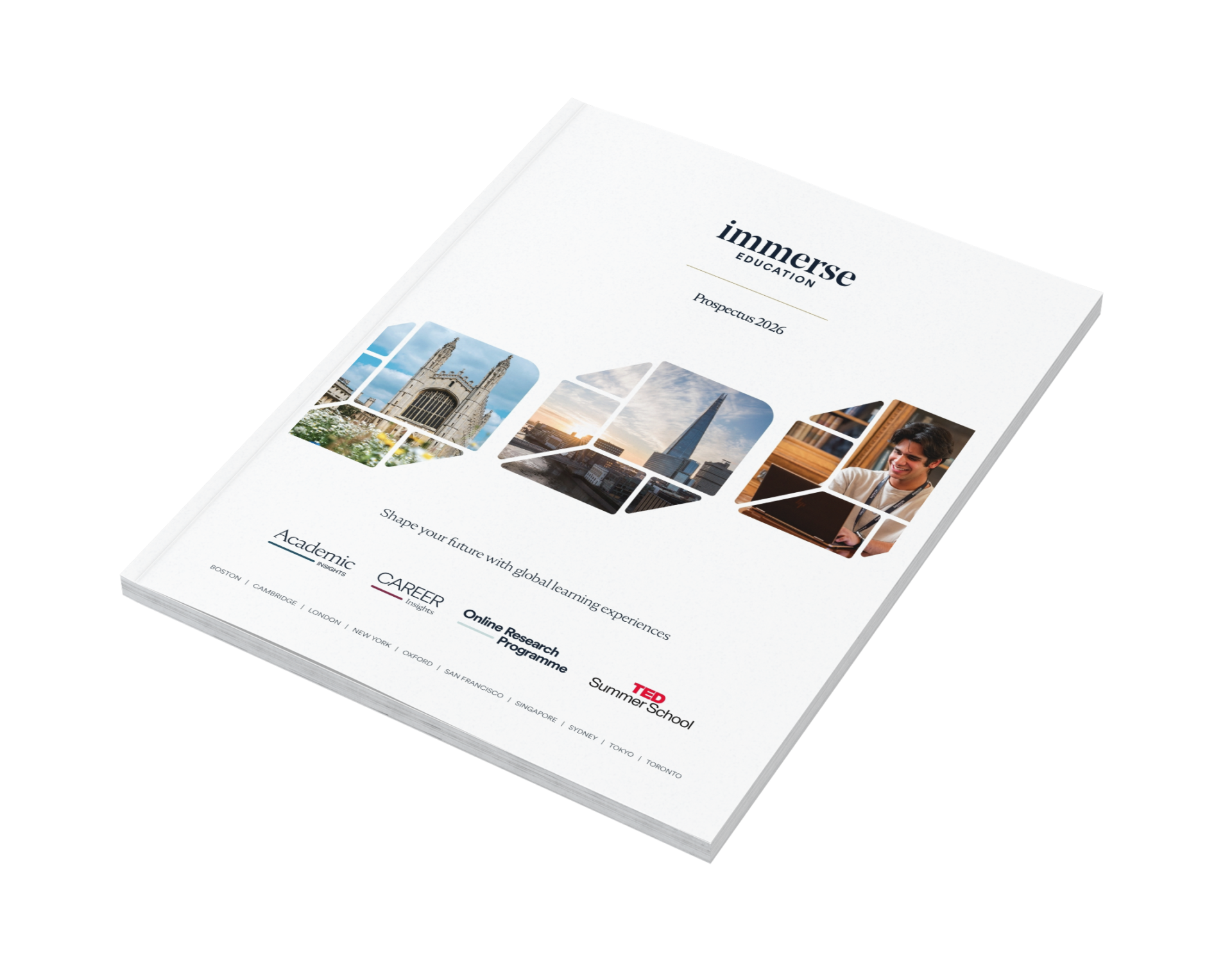If you want your essays to captivate your readers from the first word, you need to know how to write an unforgettable essay introduction.
A memorable and original introduction not only grabs attention but also provides relevant context and sets the stage for your main arguments or exposition.
First impressions matter a lot, and writing a compelling introduction is your chance to imprint a positive dent in the heart of the reader.
There are many academic studies on how first impression bias affects outcomes. Simply put, a great introduction can cause the reader to overlook or not punish more stringently later flaws in your essay. While the introduction can be daunting, it doesn’t have to be. In this article, we provide practical tips to write personal and engaging intros that help you provide context and state the essay’s main point or argument. We also share common mistakes to avoid while writing the introduction part of your essay.
What Makes a Great Essay Introduction?
Your teachers, admission officers, or competition judges must sift through thousands of essays per time, looking to be wowed.
Introductions are a critical part of the essay and affect how the reader approaches and grades the rest of the essay. There are different types of introductions, including:
No matter what kind of essay you’re writing, there are some components that help you grab the reader’s attention from the start.
| Attention-grabbing Hook | A Clear Thesis Statement | Background Information |
Let’s take a closer look at each of them in turn.
Attention-grabbing Hook
Every essay should begin with a sentence that draws the reader in and makes them want to read more.
The hook can be unexpected or mysterious, a vivid or descriptive scene, a thought-provoking question or quote, or mind-boggling data. The type of hook you choose will depend mainly on the topic and type of essay.
For example, starting the introduction of a personal essay with “Every Tuesday night for the past year, I’ve been a spy, Or at least, that’s how it feels!” is more captivating than a generic “I’ve been volunteering as a reporter for my high school every Tuesday for the past one year.”
A Clear Thesis Statement
Now that you have your reader’s attention, your job is only half done. It would also help establish a clear roadmap that will guide both you and the reader throughout the essay.
A clear thesis statement succinctly conveys the purpose of your essay and the side of the argument you lean towards. This ensures your essay has an anchor and that every detail you provide supports the narrative you wish to communicate to the reader.
For example, a thesis statement for the hook we shared above would be: “Reporting for my school newspaper has taught me the power of uncovering and sharing the truth with others, sparking my determination to promote and uphold accountability in society.”
Background Information
Between your hook and thesis is a vivid but brief description of your journey, the background information that provides context to the reader and leads seamlessly to your thesis statement.
For example, relevant background information based on the hook and thesis statement we shared above can be how a story you uncovered saved your town some money or helped your team get funding for an event.
Keep the background information short and sweet. Avoid providing unnecessary details or going off on tangents. Your aim is to provide a concise summary rather than a comprehensive history or all your points.
Here is an example of background information in an essay:
Every Tuesday night for the past year, I’ve been a spy, or at least, that’s how it feels. [Hook] I’ve always had a strong passion for storytelling, which led me to join my school newspaper, a role that requires investigating campus happenings, interviewing peers and staff, crafting compelling articles, and occasionally scoring big local news stories. [Background information] Reporting for my school newspaper has taught me the power of uncovering and sharing the truth with others, sparking my determination to promote and uphold accountability in society. [Thesis statement]
Explore more comprehensive essay writing guides, expert tips, and interactive workshops on Immerse’s social channels to learn more. Our Succeed platform also gives you access to cutting-edge tools and support to elevate your essay-writing skills and academic journey.
Common Mistakes to Avoid When Writing an Essay Introduction
Below, we share some pitfalls to avoid while writing your introduction to ensure they’re engaging, captivating, personal, and memorable.
Starting Too Broadly
Every essay should be laser-focused, and that’s one of the benefits of having a clear thesis statement.
From the hook to the background information and thesis statement, the information you share should speak to one overarching theme you wish to show in the essay’s body.
Starting too broadly dilutes the impact of your essay and fails to capture the reader’s attention.
For example, starting with “Throughout history, people have overcome challenges” doesn’t say anything new. The same applies to providing the dictionary definition of key terms. Rather, define key terms in your own words. Make every word count with information that aligns with the topic.

Being Overly Detailed
We mentioned earlier that providing background information is essential for delivering context about your hook and thesis statement.
That said, there’s a thin line between providing just enough information to give context and going overboard and eating up valuable space that could be used to dive deeper into your arguments, experiences, or reflections in the body of the essay.
Keep more details for the body of the research paper.
Failing to Connect the Introduction to the Body of the Essay
No matter how strong or engaging your introduction is, failing to connect it to the essay’s body makes it lose effectiveness.
It’s like gaining an advantage in a 100-meter dash and being disqualified for not staying in your lane.
The body of the essay must continue to build upon or align with the introduction to ensure the whole essay is cohesive, keeping the reader hooked from the first sentence to the last.
Doing otherwise is a surefire way to confuse and disappoint the reader, who looks forward to learning more about the topic.
Practical Tips for Writing
In this section, we share practical tips on how to start an essay introduction to make it more engaging and capture the reader’s attention from the first word.
Draft the Intro after Writing the Body
Writing the introduction before the body puts you in a rigid position. It puts you in a box while writing your arguments in the body of the article.
Your thesis may also change throughout the writing process, which means you have to rewrite the essay introduction. So, it’s best to wait until your overall argument is fleshed out.
Another reason to write the introduction after the body is to know which points to include or leave out. This is essential when writing the background information part of the introduction.
Moreover, writing the body first makes writing the introduction easier. You’re more likely to suffer from writer’s block starting with the introduction than if you wrote the body first.
Keep the Introduction Concise
Every word in your essay introduction should serve a purpose.
We’ve already touched on some things to avoid earlier on to keep your introduction concise, such as providing too much detail, starting too broadly, or issuing grand or ambiguous general statements.
These are some of the reasons most introductions are verbose.
Striving for conciseness ensures that you do not overload the introduction with context or use up more word count than necessary
As a guide, keep introductions to about 10-15% of your word count. That is about 65-100 words for the Common App main statement, with a maximum word count of 650.
Revisit the Introduction During Editing
Pay attention to the introduction while cleaning up your essay. While editing the introduction, do the following:
- Trim the fat by removing words and sentences that do not add any value to the essay. These can be irrelevant adjectives or hasty generalisations.
- Confirm that the intro and the body are aligned.
- Ensure that the closing thesis statement of the intro is clear and speaks to the focus of your essay.
Correct grammar and spelling mistakes.
Avoid Using Grand Ambiguous Statements
It’s not good practice to begin your essay with a broad, sweeping statement about the title. Phrases like “Knowledge is the key to success” or “Hard work always pays off” are unoriginal and fail to convey depth.
Generally speaking, “show, don’t tell” is a good rule of thumb when writing a college application essay.
For example, rather than explicitly writing “Community service is rewarding,” describe a memorable moment during a volunteer project and how it impacted you.
Do not Conclude with a Too-Obvious Thesis
This advice does not apply to all types of essays. It’s more apt for college application essays.
Concluding the intro with a too-obvious thesis is like revealing the end of a movie from the beginning. It ruins the experience and makes the rest of the scenes predictable. The same goes for your essay introduction. Writing phrases like “This essay is about how volunteering shaped my future goals” sort of waters down the impact of the introduction paragraph.
Think about it: What’s the impetus for the reader to proceed further when the thesis doesn’t spark curiosity?
Compare the two examples below:
1. This essay explains how my part-time job taught me responsibility and prepared me for college.
2. The smell of detergents and bleach always clung to my uniform and sometimes my regular clothes as I finished my short shifts. I didn’t know it then, but those quiet mornings loading the washers and mopping the floors would teach me lessons I’d carry far beyond my time on the dry cleaning floor.
The second example doesn’t reveal the lesson. It invites the reader to continue reading to learn what the lessons were. It also gives you room to develop the story or arguments in the essay’s body without giving away the full story in the introduction.
Want to test your newly found essay writing skills? Enrol in the Immerse Education Essay Competition for an opportunity to win a full or partial scholarship to any of our university and career preparation programmes like our Cambridge or Oxford summer school.
You can also get inspiration on essay topics with our Research Idea articles.
Utilise Guides and Resources
One way to write better essays is to learn more about them. The Succeed platform is tailored to help build your confidence and ignite your curiosity for college and career success. You can find resources like masterclasses, goal-tracking, mentors, ongoing support, and much more to improve your academic writing skills and make the college application journey easier.
Join the Immerse Education 2025 Essay Competition
Follow the instructions to write and submit your best essay for a chance to be awarded a 100% scholarship.
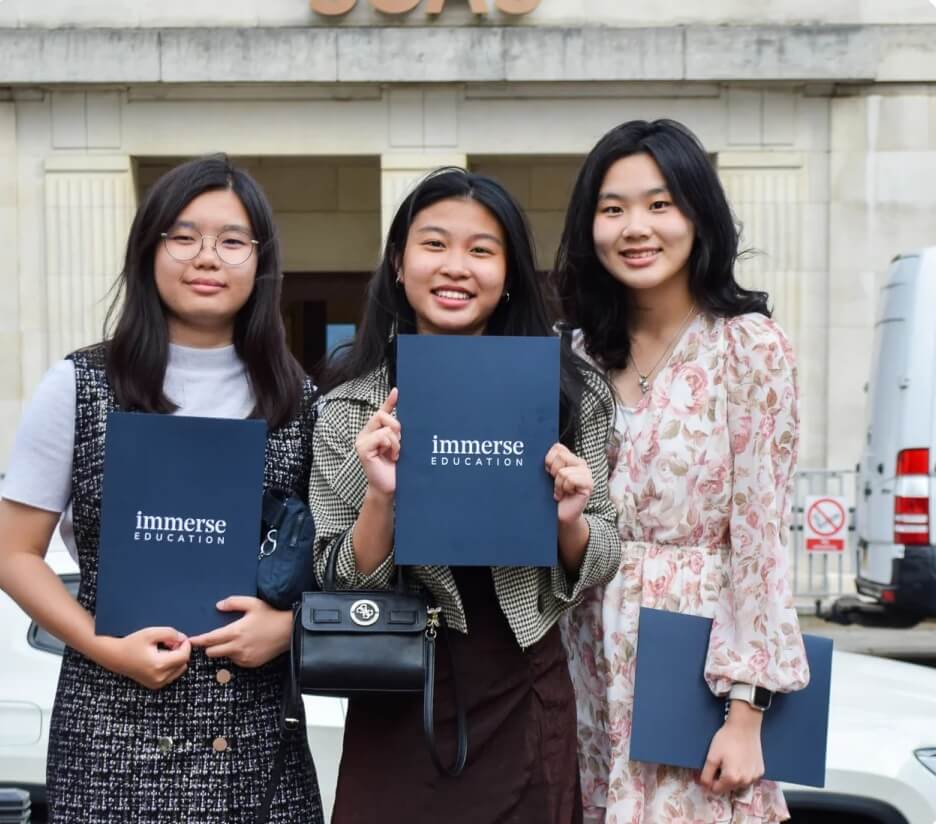
Examples of Great Introductions
Although we separated the hook, background information, and thesis statement into different paragraphs, they should all be combined in a single cohesive paragraph.
Below, we share a few examples of essay introductions highlighting some of what we’ve discussed.
Example 1
How will AI develop across the next decade?
In 1997, an AI agent, Deep Blue, developed by IBM, defeated world chess champion Garry Kasparov, marking a pivotal moment in artificial intelligence. [Hook]
Since then, AI has evolved beyond simple use cases, permeating almost every aspect of human life. Today, many more people have access to artificial intelligence, from digital assistants like Siri to generative AI chatbots like ChatGPT. [Background Information]
This essay will trace the development of AI, assess its current applications, and discuss how it may evolve over the next 10 years. [Thesis Statement]
Example 2
The Importance of Mental Health Awareness
Simone Biles’ announcement to skip the Olympics to prioritise her mental health took the world by surprise. [Hook]
For years, mental health has been stigmatised, with many reluctant to seek help for fear of judgment or misunderstanding. Many public figures coming out to share their struggles with mental health has provided impetus for many people to equally seek support. [Background Information]
This essay will discuss why mental health awareness is crucial, exploring its impact on individuals, communities, and society. [Thesis Statement]
Conclusion
You can create an introduction that leaves a lasting impression with a well-chosen hook, concise background information, and a clear thesis statement. Remember, first impressions count for a lot with essays.
Don’t be afraid to experiment with different styles and techniques to discover what works best for you and your topic. Treat writing the essay and the introduction as an iterative process for greater success.
Immerse Education offers many resources, including expert writing guides, programmes, and the Succeed platform, to help you excel in essay writing and beyond.
Take your newfound knowledge for a spin by entering the Immerse Education Essay Competition, where you can win scholarships to enrol in any of our exciting programmes.
